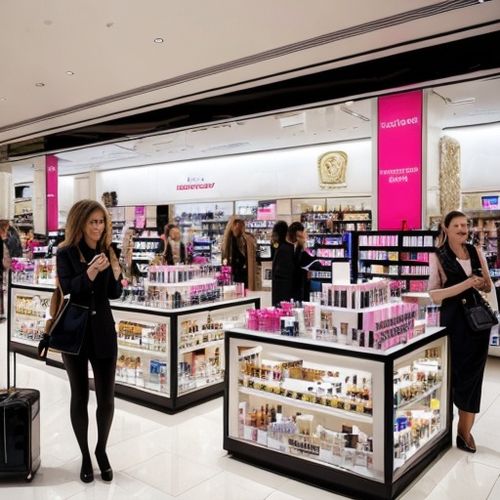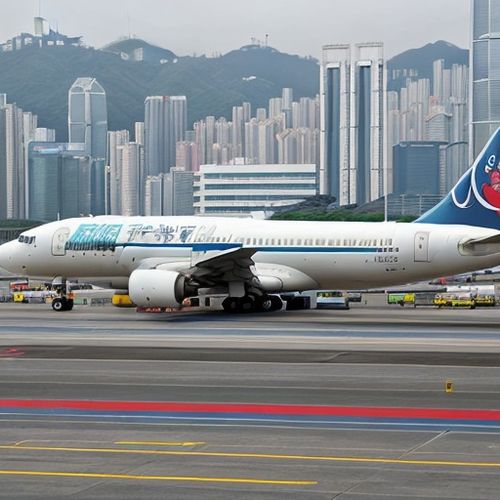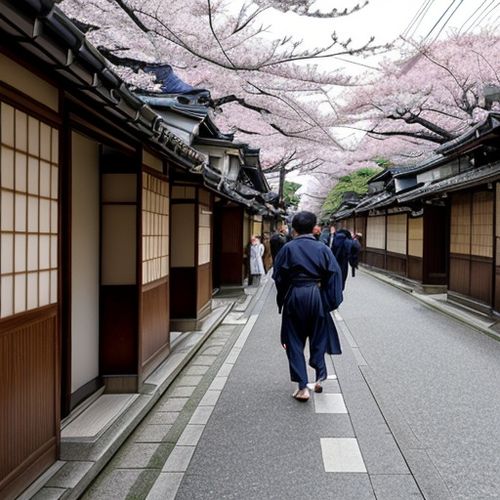The return of working holiday makers to Australia has been one of the bright spots in the country’s post-pandemic recovery. After years of border closures and strict entry requirements, young travelers from around the world are once again flocking to Australia’s shores, eager to experience its unique blend of work and adventure. However, this resurgence has brought an unexpected challenge: a severe shortage of affordable accommodation in popular destinations, leaving many backpackers scrambling for a place to stay.
Before the pandemic, Australia was a magnet for working holiday visa holders, with tens of thousands arriving each year. The program, which allows young people aged 18 to 30 (or 35 for some nationalities) to work and travel in Australia for up to three years, has long been a cornerstone of the country’s cultural exchange and labor market strategies. Cities like Sydney, Melbourne, and Brisbane, as well as regional areas reliant on seasonal labor, benefited greatly from this influx. But when international borders slammed shut in 2020, the stream of backpackers dried up almost overnight, leaving many businesses—particularly in agriculture, hospitality, and tourism—struggling to fill gaps in their workforce.
Now, with travel restrictions lifted and visa processing back to normal, the numbers are climbing rapidly. Government data shows a significant rebound in working holiday visa grants, with arrivals from traditional markets like the UK, France, Germany, and South Korea returning to pre-2020 levels. Even newer participants in the program, such as Brazil and Mexico, are sending more young travelers than ever before. This revival has been celebrated by employers who rely on this flexible labor pool, but it has also exposed a critical bottleneck in housing availability.
The accommodation crisis is most acute in regional areas, where the working holiday crowd typically fills vital roles in fruit picking, farm work, and hospitality. Towns like Bundaberg in Queensland, known for its sugarcane and strawberry farms, or Margaret River in Western Australia, a hub for vineyards and tourism, are reporting severe shortages in rental properties and hostel beds. Many backpackers are finding themselves priced out of the market, with rents soaring due to high demand and limited supply. Some have resorted to camping in vans or even sleeping in temporary shelters, a far cry from the comfortable, budget-friendly lodgings they expected.
Part of the problem stems from the pandemic itself. During the border closures, many hostels and budget accommodations shut down permanently, unable to survive without international visitors. Others were converted into long-term rentals or sold off to investors, reducing the pool of available short-term housing. At the same time, Australia’s broader rental market has tightened significantly, with vacancy rates at historic lows in many cities and regions. This has left little room for temporary workers, who often need flexible, month-to-month leases rather than long-term contracts.
The situation has sparked calls for urgent solutions. Some local councils and business groups are pushing for incentives to revive the backpacker accommodation sector, such as tax breaks for hostel operators or grants to repurpose unused buildings. Others argue that more needs to be done to encourage homeowners to rent out spare rooms or granny flats to working holiday makers. There have even been suggestions of temporary worker camps, similar to those used in mining towns, though this idea has been met with mixed reactions.
For now, the accommodation crunch is putting a dampener on what should be a joyous return to normalcy for Australia’s working holiday program. Backpackers who dreamed of saving money while exploring the country are instead facing higher living costs and stressful housing searches. Employers, too, are feeling the strain, as some workers opt to leave early or avoid certain regions altogether due to the lack of affordable places to live. If left unaddressed, this issue could undermine the very benefits the program is designed to deliver—both for young travelers seeking adventure and for Australian businesses in need of their labor.
The resurgence of working holiday makers is a testament to Australia’s enduring appeal as a destination for work and travel. But without swift action to address the housing shortage, the country risks squandering this opportunity to rebuild a vital part of its economy and cultural exchange network. For a program built on the idea of freedom and exploration, the current accommodation crisis is an ironic and urgent obstacle that needs to be overcome.

By Elizabeth Taylor/Apr 11, 2025

By Christopher Harris/Apr 11, 2025

By William Miller/Apr 11, 2025

By Rebecca Stewart/Apr 11, 2025

By Megan Clark/Apr 11, 2025

By Grace Cox/Apr 11, 2025

By Benjamin Evans/Apr 11, 2025

By Victoria Gonzalez/Apr 11, 2025

By Thomas Roberts/Apr 11, 2025

By James Moore/Apr 11, 2025

By George Bailey/Apr 11, 2025

By Lily Simpson/Apr 11, 2025

By Megan Clark/Apr 11, 2025

By Jessica Lee/Apr 11, 2025

By Olivia Reed/Apr 11, 2025

By George Bailey/Apr 11, 2025

By Emily Johnson/Apr 11, 2025

By Victoria Gonzalez/Apr 11, 2025

By William Miller/Apr 11, 2025

By Grace Cox/Apr 11, 2025